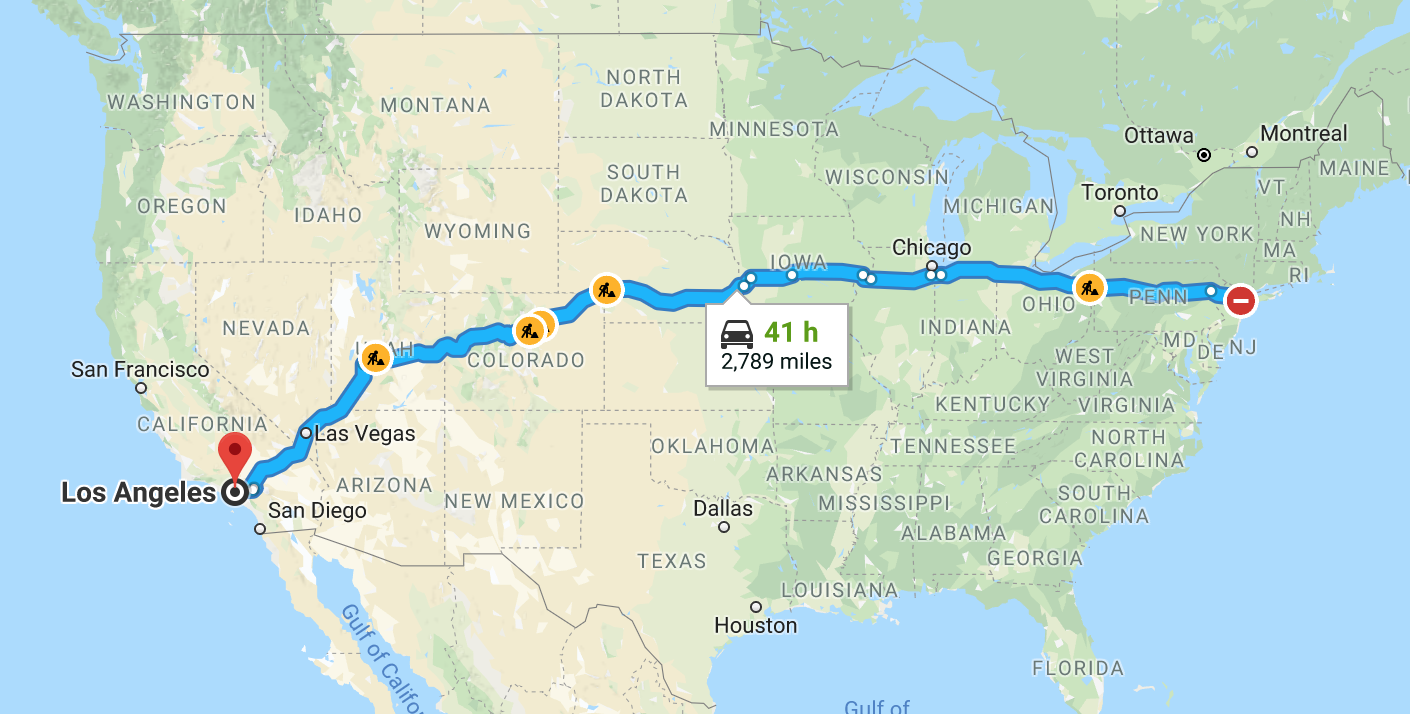Suppose you're planning a trip from New York to Los Angeles. There are two major aspects that you need to keep in mind:
- What do you need to do before starting the trip?
- What do you need to do during the trip to ensure that you stay on the right track?

Generally, there are two extreme options in planning for such a trip:
- Take your car and start driving. Figure things out along the way.
- Make a very detailed plan—figure out the route, note down the directions at every junction, plan for contingencies such as a flat tire, plan where you're going to stop, and so on.
The first scenario allows you to execute fast. The problem is that, more likely than not, your trip will be very adventurous. Most likely, your route will not be optimal. If you want to update your friend in LA on when you'll be reaching the destination, your estimates will vary wildly based on your current situation. Without a long-term plan, planning for an outcome in the future is best effort.
But the other extreme is also fraught with pitfalls. Every objective has time constraints, and spending time over-analyzing something might mean that you miss the bus (or car). More frequently, if you give these directions to someone else and, at a juncture, reality turns out not to be what you predicted, then the driver is left with little room to improvise.
Extending the analogy, the architecture of a software product is the plan for the journey of building a product that meets the requirements of the customers and other stakeholders, including the developers themselves!
Architecture is the shape given to a system by those who build it. Shape essentially means the constituent components, the arrangement of those components, and the ways in which those components communicate with each other. The purpose of that shape is to facilitate the development, deployment, operation, and maintenance of the software system contained within it. In today's world of ever changing requirements, building a platform on which we can execute quickly and effectively is the key to success.






































































